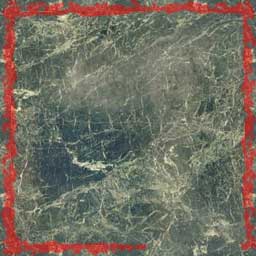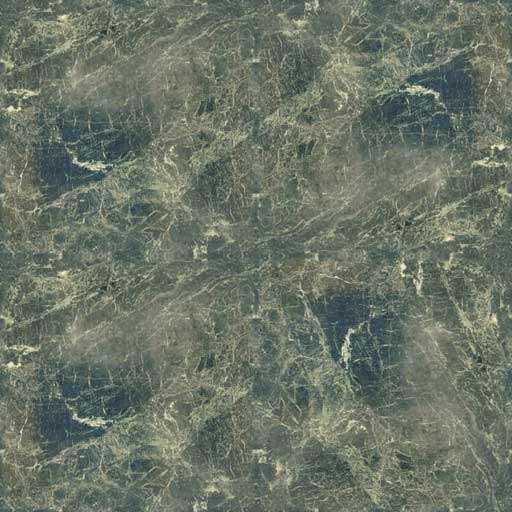Fast pace cellshading flying action. Soar the skies as you take on the most vicious enemies above the ground. Experience an airborne adventure in an all new art style that will take you to something different and exciting. With the possibility to add just about anything you can imagine into the game, the sky it's not the limit. It's just the beginning.
| Posts | ||
|---|---|---|
| Terran Texture Tiles | Locked | |
| Thread Options | ||
|
|
Aug 8 2012 Anchor | |
|
What format does new terra tiles need to be in for new maps and trees? eg; sizes, colour depth, naming convention, etc. Edited by: mittsommerschnee -- Noli Timere Messorem
|
||
| Aug 13 2012 Anchor | ||
|
Sorry for the delay. First the size conventions: For terrain tiles is 512x512 As for naming convention: The naming structure is : For this tile set the terrain initials are: The percentage of coverage it is not actually exact, it is just a simplification: The size can be: Using this three images as an example: But it can be more than two terrain types, like this texture: It has Sand, mountains and forest, and the mountains is 25% (one corner) and the forest is 50% (two corners) And that’s all the basic information, later this could be added as a quick tutorial as some other in the forums that may become lost later on. |
||
| Aug 13 2012 Anchor | ||
|
Can you give us a look at how you arranged all the different variations before splitting them up? I'm trying to get an idea of how you made sure everything was seamless while dealing with all those combinations. |
||
|
|
Aug 14 2012 Anchor | |
|
Ah thanks Times that's helped alot, now I can try and get my map working. -- Noli Timere Messorem
|
||
| Aug 15 2012 Anchor | ||
|
Before making all of these variations, it is important to create good base textures (like sand, forest, etc). The first step is to select a corner of the texture, starting from the middle to the end: Testing out the pattern in a simple tile: |
||
Only registered members can share their thoughts. So come on! Join the community today (totally free - or sign in with your social account on the right) and join in the conversation.















